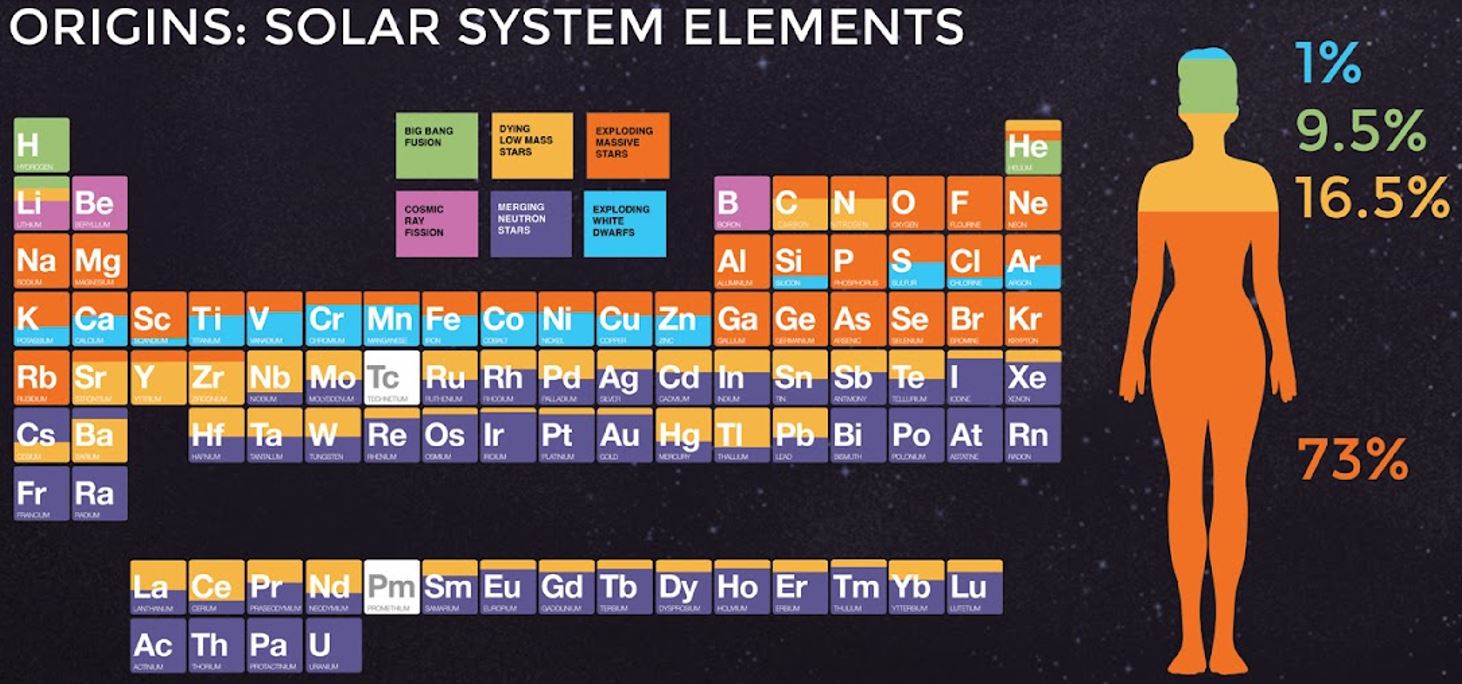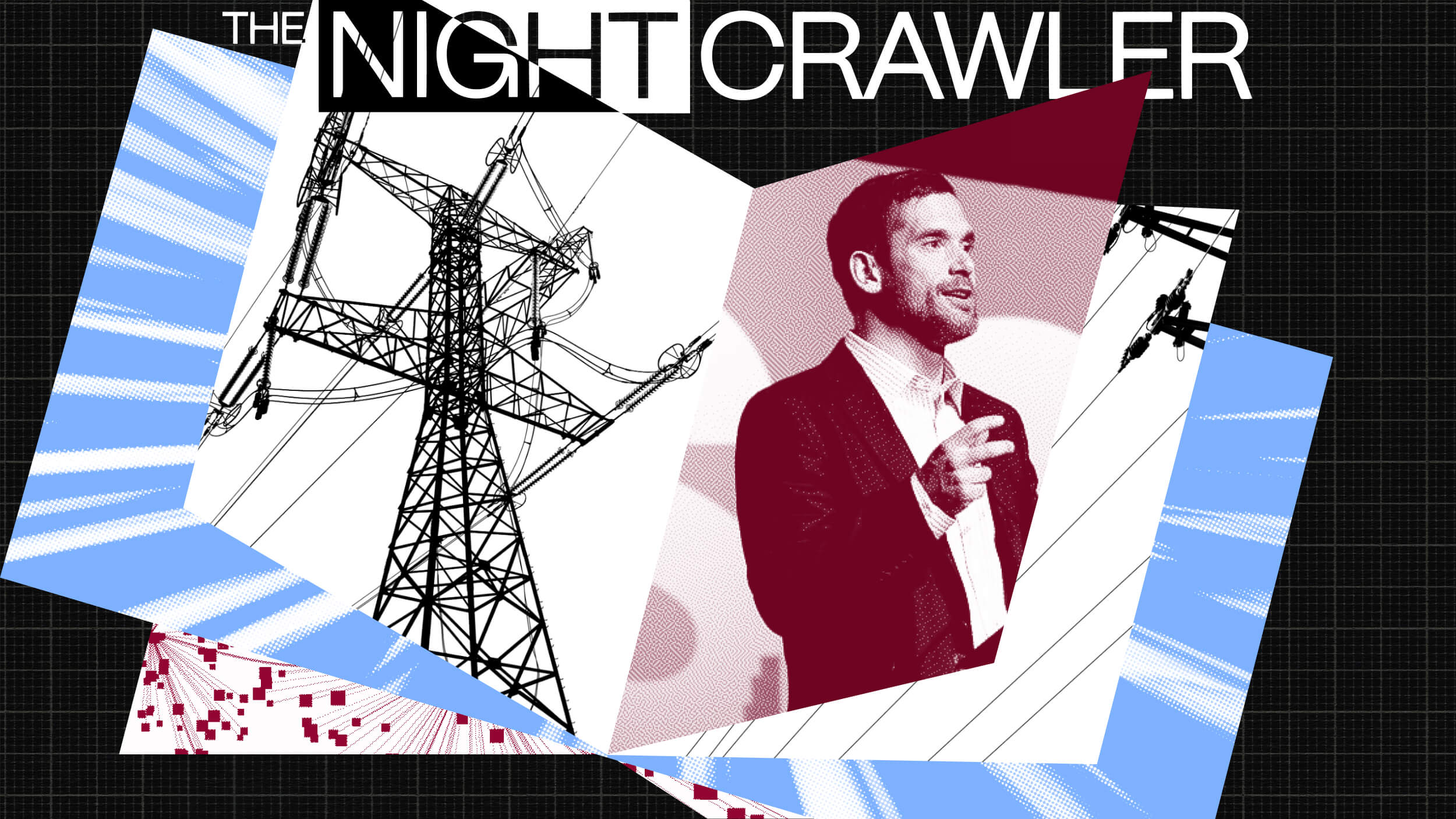Taking on the Museum Industrial Complex

The commodification of art has both beneficial and detrimental effects. The beneficial effects are that the art market is a market and there are resources and art kind of became anything and everything and nothing. With Marcel Duchamp, with the twentieth century anything became possible because no one really knew what art was anymore. It’s sort of gone the opposite direction from the direction taken by the sciences and philosophy for that matter where the sciences became more and more professionalized and rigid and more and more narrow in terms of what one could do.
The arts had gone from being an academy sort of enterprise where you learned the way in which you were meant to paint or to sculpt into something where nobody really knew what it was and that in tandem with the fact that there is a market whether or not people are engaged in that market for reasons that are good, responsible or even sane, that makes no difference at the level of resources being allocated to do things that don’t fit in anywhere because art is kind of the refuge, the place where things can happen that they don’t fit in to any other system and to the extent that I am an artist and I don’t know whether I am. I don’t claim to be. I don’t really care whether I am, but to the extent that I am it is by virtue of the fact that I’m a beneficiary of this generosity in generally self interested terms, in terms of where the money is coming from and there is the detrimental side of it.
That is to say that the art market is, once again, a market and as a market where commodification is the purpose even at the level of museums which effectively exist by virtue of the generosity of patrons who are generous often to the extent that they are beneficiaries of the curatorial enterprise of giving credibility to what they collect and therefore, giving market value to it, there is an incredibly insular small world quality to art both in terms of what gets funded because what gets funded has to be funded according to ways in which it can be commoditized and also in terms of how that work gets seen, how it gets shown.
The museum gallery complex to appropriate the military industrial complex terminology in our present day is one that is incredibly insular. People who go into museums or galleries are a highly self selecting group and while it’s great that they do they’re hardly a good sized portion of society and probably they are the ones who least need art in the sense that art to me is also fundamentally about curiosity at the level of stepping back and thinking, at the level of provoking different points of view, different perspectives and those who are in the art world are also generally speaking first of all at a high level of education and secondly, they tend to be people who partake in culture a lot in many different ways and while they also tend to be in powerful positions and while a lot of them are perhaps narrower minded than is—than they could be still I think that that larger population needs to be engaged in the conversation not only about art, but about society as a whole.
If the decision makers, who some are museum goers, some are not, if those decision makers are to make decisions in a way that is more collective and more beneficial to more people we all need to take part in that conversation. There is a sense in which the civic process and the roll of art, the art world that these need to overlap to an extent that they are not and commodification of art works against that even as commodification funds some of the work that potentially could open up those conversations.
In Their Own Words is recorded in Big Think’s studio.
Image courtesy of Shutterstock





